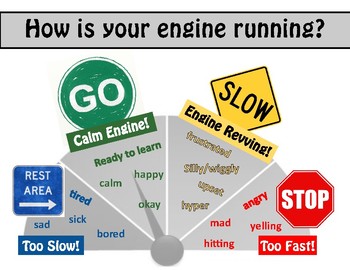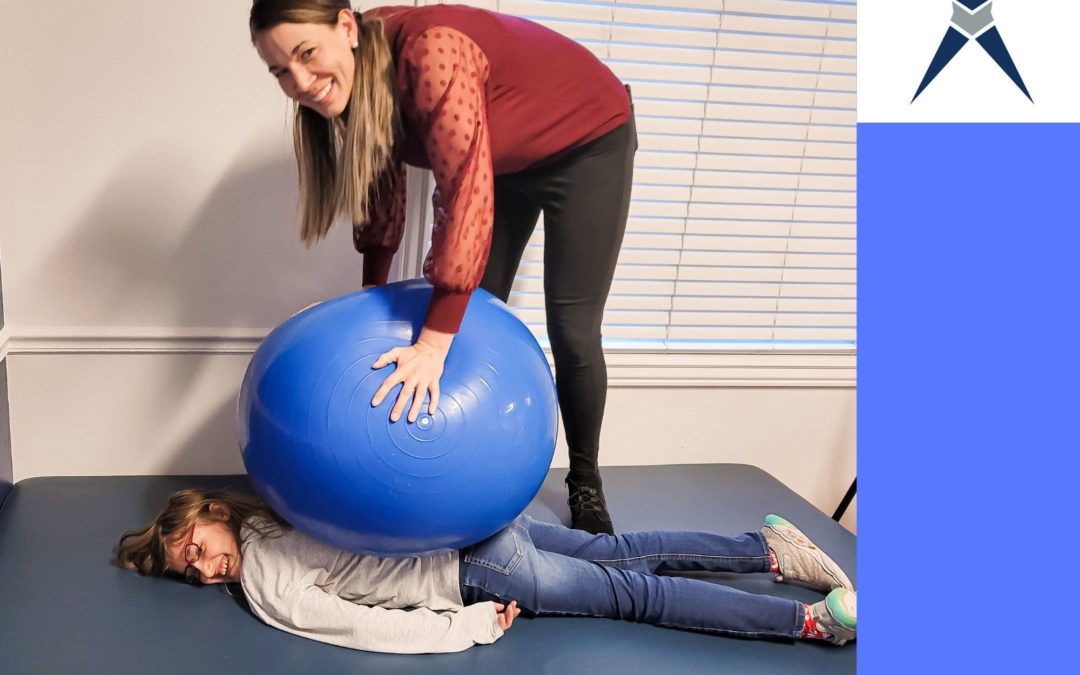What is Self-Regulation?
(Text Excerpts from Your Therapy Source)
Self-regulation is the ability to monitor and manage your emotions, thoughts, and behaviors in ways that produce positive results such as well-being, loving relationships, and learning.
Self-Regulation and Childhood Development
This is one of the big developmental tasks of childhood. Sometimes, kids develop it naturally from being around self-regulating adults, from playing and exercising, from being in nature, eating healthy foods, and getting plenty of sleep.
Other times, however, kids are over-stimulated, around adults who are stressed and/or dysregulated, and are not getting enough exercise, time outside in nature, sleep, hydration, and healthy food. These kids struggle with attention, learning, impulse control and relationships.
Did you know that research indicates that self regulation in children is a predictor of academic abilities? Children with higher levels of self regulation have achieved higher scores in reading, vocabulary and math. In addition, some research has shown that the ability for young children to self regulate is associated with higher, future education levels.
Signs your child has self-regulation difficulties:
(Text Excerpts from Children in Motion)
1. Difficulties with transitions
This could look like having trouble getting out of an exciting environment (like a birthday party or playing on the playground), getting out the door in the morning for school or an after school activity on time, or getting stuck in front of the television (or tablet, phone, etc.).
2. Repeatedly using too much force
Some examples include when rough housing with friends or siblings turns into biting, when pushing turns into shoving into the door, or when touch turns to tackle. In these situations your child’s level of alertness continues to accelerate (or level up) without registering it’s time to shift down.
3. Frequent meltdowns
This could look like overreacting to small challenges or changes in the schedule, seaming to be out of control, or thrashing and throwing their body around. In these situations your child’s system is overloaded with sensory information, their cup runs over so to speak, and they can’t handle any more stimulation. Their reactions could be much greater than anticipated. You may think to yourself ‘that was the straw that broke the camel’s back’.
4. Recurring social challenges
This could look like having a hard time playing with peers or sharing toys. Interacting with friends is hard, perhaps they misinterpret their friends behavior frequently or they miss social cues entirely. You many spend a lot of time playing referee between your child and other children their age.
5. Persistently having trouble with daily routines
This could look like wanting to horseplay or get wound up right before bedtime, having trouble falling asleep on a consistent basis, or struggling to wake up & get going in the morning, frequently seeming to have woken up on the wrong side of the bed. Other examples could be they get wound up after a bath or shower or have a hard time finishing meals because they struggle to stay seated at the table.
Ways to help your child develop self-regulation strategies:
(Text Excerpts from Nurture and Thrive)
1. Help your child recognize the higher-goal.
Most impulse control boils down to this: Controlling an impulse in order to meet a higher goal. Why don’t we grab the toy away from our friend? Because we want to get along with our friends.
2. Use naturally occurring situations to teach self-regulation strategies.
Self-Regulation Strategies
Taking turns: Try using a kitchen timer to help siblings take turns. The timer provides a concrete cue of “time.” Concepts like time and sharing are abstract for children. Over time, children will initiate taking turns on their own without a timer.
Waiting: Suggest a song to sing, play i-spy, tell a story. Distraction in creative endeavors is a great regulation strategy.
Breathing Through Emotions: Breathing is our built-in all-natural regulator. Deep breathing helps lower sympathetic nervous system responses. Ask your child to pretend they are blowing bubbles and only a long, slow breath will make a big bubble. Too fast and quick and the bubble will pop.
Venting Emotions: When emotions are big you can help your child vent and release. Stomp like a dinosaur, roar like a lion, give yourself a big hug.

3. Acknowledge the challenge of regulation.
Self-regulation is really hard for kids. When they struggle, acknowledge it. If they get frustrated, acknowledge it.
4. Have your child make a choice and a plan.
Cognitively, a well-regulated older child would be able to look through a set of options and make a reasoned decision. Or, faced with a wide array of possibilities, that child could make a plan.
5. Play games that focus on self-regulation skills.
So, when you aren’t in one of those naturally occurring situations, the best thing to do to help children practice self-regulation skills is to play games.
People often ask — but how do I teach my child self-regulation. This isn’t something you can tell your child how to do. It is something they have to learn by doing and by practicing.
Games present all kinds of challenges that are important for self-regulation. The basic definition of a game is to control impulses to meet a higher-goal (win the game!). AND it’s fun! It doesn’t feel like you are practicing self-regulation.
6. Remember self-regulation skills develop over a lifetime.
Helping your child develop these skills will stay with them their whole life.
It also feels like it takes a lifetime for them to learn it.
If you have concerns for your child’s self-regulation or emotional-regulation and you would like to talk to a Rehab Specialists of Idaho occupational therapist in a free screening, give us a call! 208-359-9570. Click here to read How to know if Pediatric Occupational Therapy is Needed.

